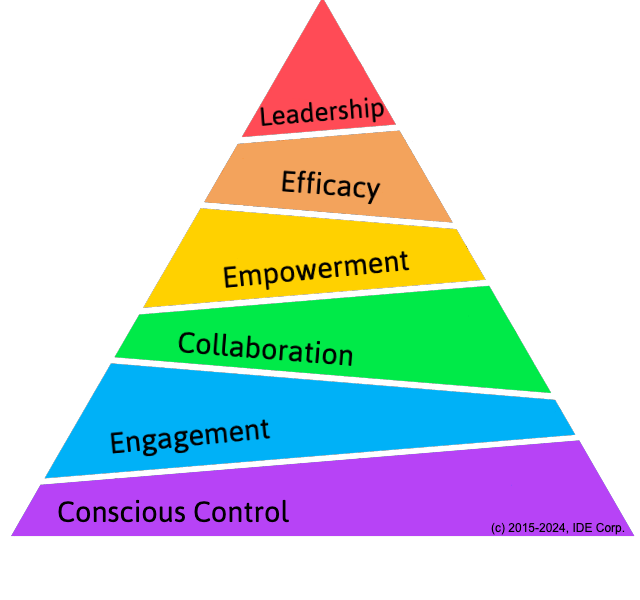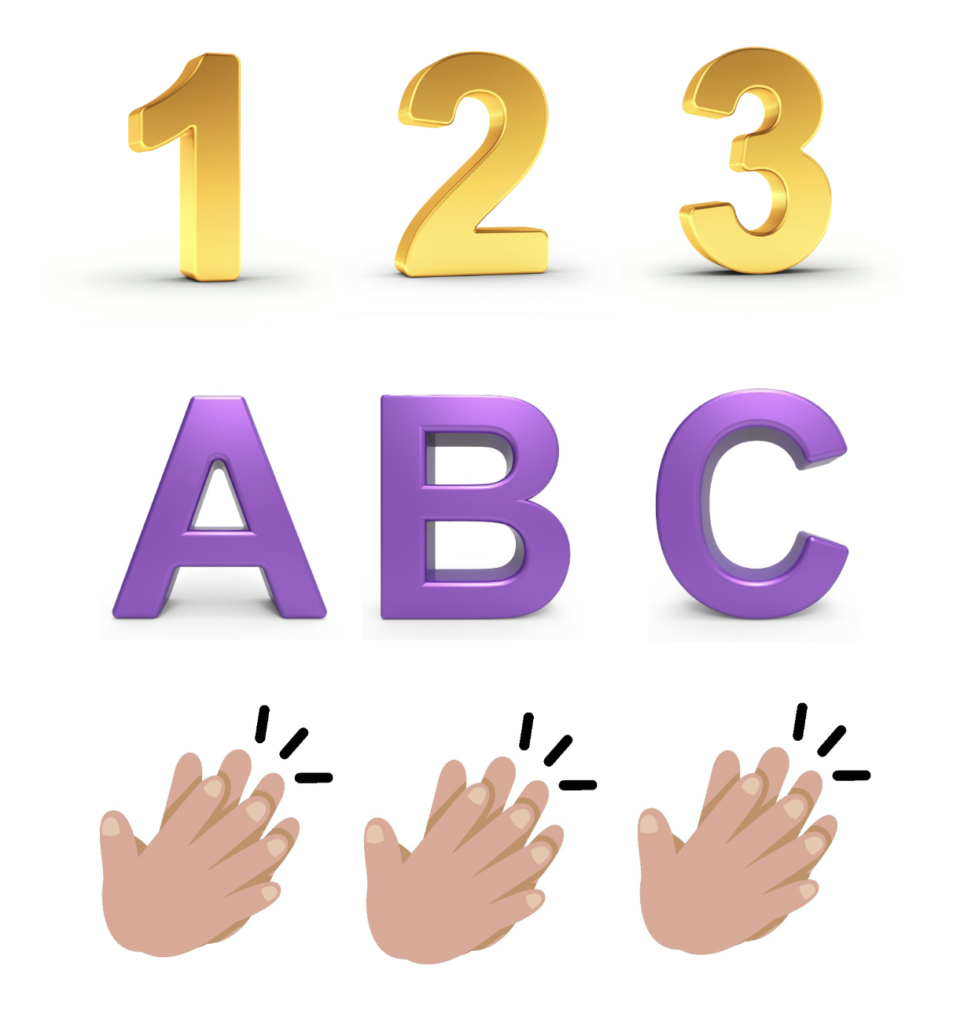Help Your New Literacy Program Rock Results!
I’ve been in education long enough to know it’s never about the curricular program. In fact, no literacy program succeeds in a vacuum. Its success depends not only on the cognitive readiness of the student and the professional capacity of the teacher to implement it, but also on the quiet learning propeller that people are just starting to talk about: executive function. So, if you love your literacy program and you’ve invested in it and in training your teachers, give it the boost it needs by turning your attention to the executive function of your literacy learners.
Six Levels of Life Skills That Support Literacy
In my book Building Executive Function: The Missing Link to Student Achievement, I argue that schools have spent years focusing on what students need to learn — but far less on how students manage the learning process itself.
Yet learning is a highly regulated process. It requires students to follow multiple steps, catch and correct errors, and distinguish between same and different. Even the more “invisible” behaviors—like attending to a person or activity, maintaining focus, and navigating social expectations — are essential. These are all executive function skills.
These skills don’t emerge automatically. They must be developed intentionally, through experiences and instruction aligned to 40 executive function skills, organized into 6 life skill domains: Conscious Control, Engagement, Collaboration, Empowerment, Efficacy, and Leadership.

Let’s reframe literacy instruction through this executive function lens.
Conscious Control: Foundations for Learning to Read
Students learning to decode must:
- – Focus and attend to specific sounds and letters
- – Shift attention from one symbol to the next
- – Store verbal and visual information long enough to blend it
- – Manage conflicting thoughts (e.g., decoding vs. meaning-making)
Therefore, students will have a difficult time benefitting from great literacy instruction without these foundational skills.
Engagement: Making Sense of Text
As students begin to read with more independence, they must:
- – Persist through challenging or lengthy texts
- – Follow multiple-step tasks or reading processes
- – Identify cause-and-effect relationships
- – Categorize and compare information
- – Think about multiple concepts at once
In fact, these are the building blocks of comprehension — and they rely on active engagement, not passive decoding.
Collaboration: Dialogic Literacy and Social Understanding
In discussion-based classrooms, students advance literacy skills through:
- – Seeing multiple sides of a situation
- – Being open to others’ perspectives
- – Navigating conversations with social appropriateness
- – Considering how audience affects communication
Thus, collaborative skills are key to interpretive reading, debate, and authentic writing.
Empowerment: Becoming an Independent Reader and Writer
Strong literacy requires metacognition. Students must:
- – Catch and correct their own errors
- – Set reading and writing goals
- – Manage their time during longer tasks
- – Reflect on their growth and performance
However, these are not innate traits — they are executive function skills that can be taught and reinforced.
Efficacy: Using Literacy to Think and Act
At higher levels, literacy becomes a tool for problem solving. Students use reading and writing to:
- – Make inferences and generate ideas
- – Apply prior knowledge to new situations
- – Define problems and create mental images
- – Analyze, anticipate, and evaluate information
Consequently, this is where deep comprehension, research, and persuasive communication live.
Leadership: The Integration of All Skills
When all 40 executive function skills are integrated, students are able to:
- – Communicate ideas clearly
- – Lead with insight and empathy
- – Use literacy not just to consume information, but to influence, innovate, and create change
Ultimately, this is the goal of a literacy-rich education.
An Early Literacy Example
Consider the classroom where students are building phonemic awareness and phonics skills. Now, interweave that with executive function.

Students are instructed to read the three numbers across, then the next row of three letters across, then the next row and clap softly three times.
Additionally, they can practice reading and clapping from the top to the bottom and from the bottom to the top.
Throughout this exercise, they are shifting focus from one event (reading numbers) to another (reading letters); following multiple steps; focusing; attending to and persisting in an activity; and more!
This is one card of many in this type of activity, which is just one activity for weaving executive function into literacy for greater results. Download this activity with teacher directions here!
IDE Corp. provides consulting services and products to schools focused on increasing student achievement through executive function and student agency. We design “Future-Powered Classrooms” — including, for advanced literacy, the “Future-Powered Kindergarten” (blog / overview).
Consider a school subscription to our online, on-demand professional learning resource “Executive Function: The Pathway to Student Achievement.“
Teachers and leaders: Join a Virtual Learning Community flexible, online learning experience facilitated by a consultant. We have several that focus on executive function.
For more, contact solutions@idecorp.com.
